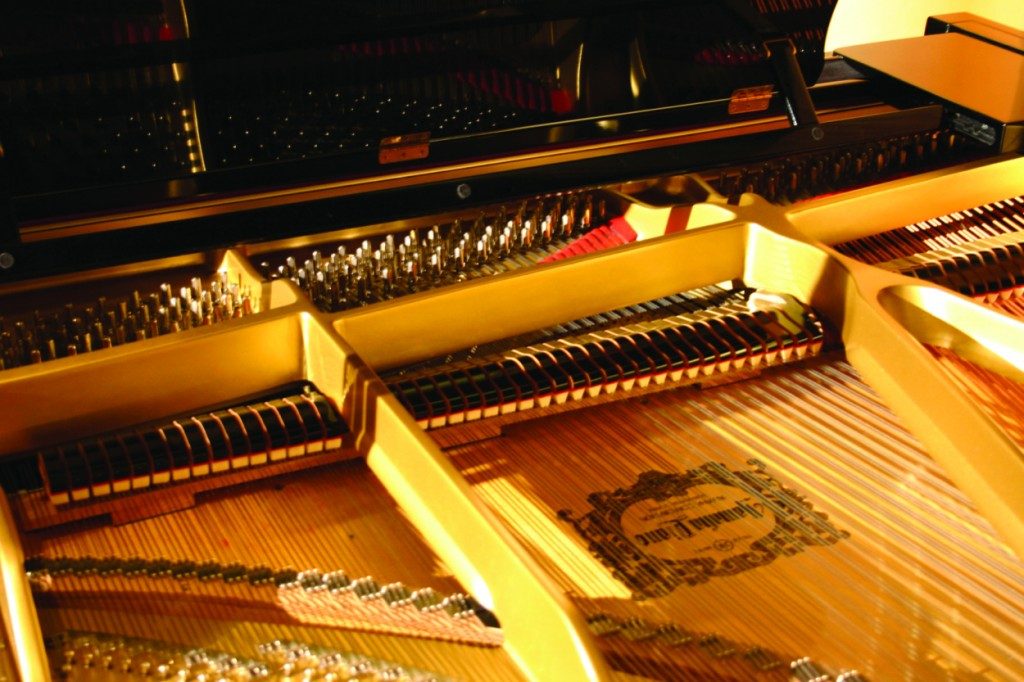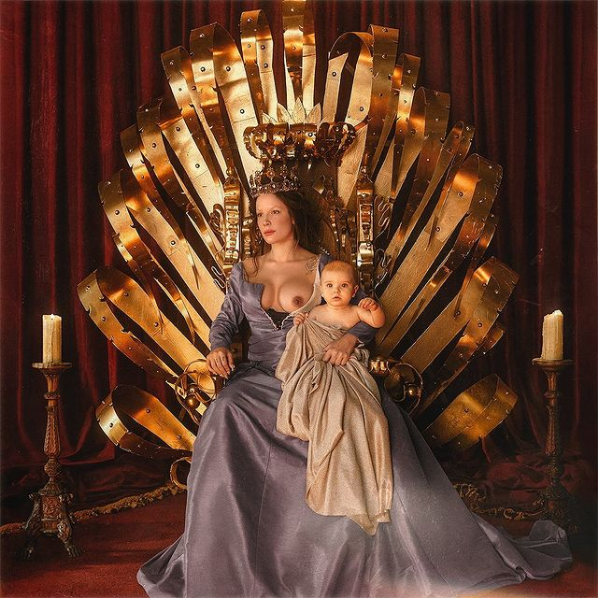
The history of the piano
By Caroline Ho, Arts Editor
The piano probably seems like one of the most basic and ubiquitous instruments out there. Pressing keys down is pretty simple—a lot easier than, say, shaping your mouth in just the right way to make sounds into a trombone. But open up any acoustic piano, and you’ll see an intricate mechanism of wires and hammers. It took plenty of innovation and centuries of improvements to get to the modern piano.
Keyboard instruments have been around for most of history, and pipe organs have existed since Ancient Greek times over 2000 years ago. The first keyboard stringed instrument resembling a piano was the dulcimer, which was made of strings stretched over a board that were struck with hammers, and invented sometime in the Middle Ages. Other similar string instruments were the virginal, spinet, and clavichord. The most direct ancestor of the piano was the harpsichord, which had strings that were plucked by quills when the player pressed a key.
The main problem with the harpsichord was that it wasn’t capable of dynamics—it could only produce sound at one volume. In about 1700, an Italian harpsichord maker named Bartolomeo Cristofori created an instrument that used hammers to hit strings without remaining in contact with them, allowing the string to vibrate. This let the player of the instrument produce music at different volumes depending on how hard the key was pressed. Cristofori called his instrument the “gravicembalo col piano e forte” (keyboard instrument with soft and loud)—which got shortened to pianoforte (soft and loud), and eventually became known as the piano.
This new instrument didn’t replace the harpsichord immediately, but it began to attract notice when a journalist wrote an article about the invention in 1711. Other instrument builders soon made their own versions of the piano based on Cristofori’s design, including Gottfried Silbermann, who implemented the first version of the sustain pedal. In the 1740s, famous Baroque composer J.S. Bach endorsed the instrument, which significantly boosted its popularity, especially because Bach had supposedly disapproved of the instrument when he first encountered the piano in 1736.
From there, piano manufacturing grew rapidly in the following decades. The industry was focused in England and Vienna, the latter of which was a huge centre of classical music and the home of composers like Mozart and Beethoven. Pianos became larger and louder, capable of producing sounds that were increasingly dynamic and were able to play repeated notes rapidly, which changed the kind of music that composers could write. One major innovation was the full iron frame that was first created in 1825, an improvement on the prior wooden frames reinforced with iron. This allowed for greater tension in the strings, so an even more powerful sound could be produced. The range of the piano was extended to its modern eight octaves in 1842.
Piano makers experimented with a lot of different designs and shapes. The first grand piano was created in 1859 by Steinway & Sons, which is still one of the largest piano manufacturers in the world today. For the more casual musician, square pianos—which are blockier than upright pianos—were quite popular in the 1800s, but gradually they began to be replaced by the smaller, lighter upright version.
In the second half of the 19th century, assembly-line manufacturing in the US began to dominate a lot of industries, and instrument-making was no exception. Mechanized production led to pianos with standardized parts and sounds, and they became increasingly cheap to produce, which made them affordable to own. By the early 20th century, the upright piano was basically a staple in middle-class households, and learning to play became practically a societal expectation.
The piano itself hasn’t changed much in shape or design since the late 1800s, but it’s still a hugely popular instrument. Of course, now there are electric pianos and digital keyboards that don’t have any strings and hammers at all, but instead are capable of creating a range of digital sounds and effects. Versatile as they are, pianos have become an essential part of so many styles and genres, and their evolution has been quite dynamic.
